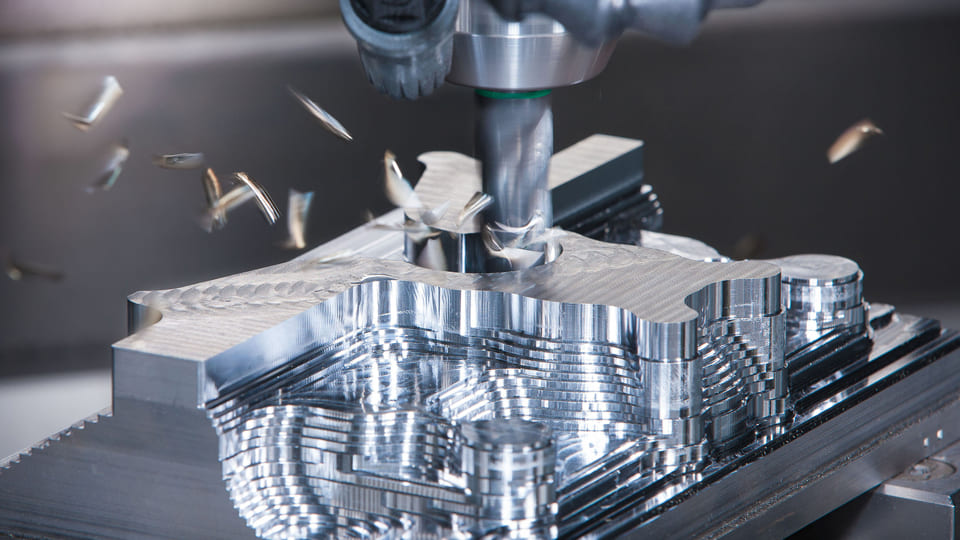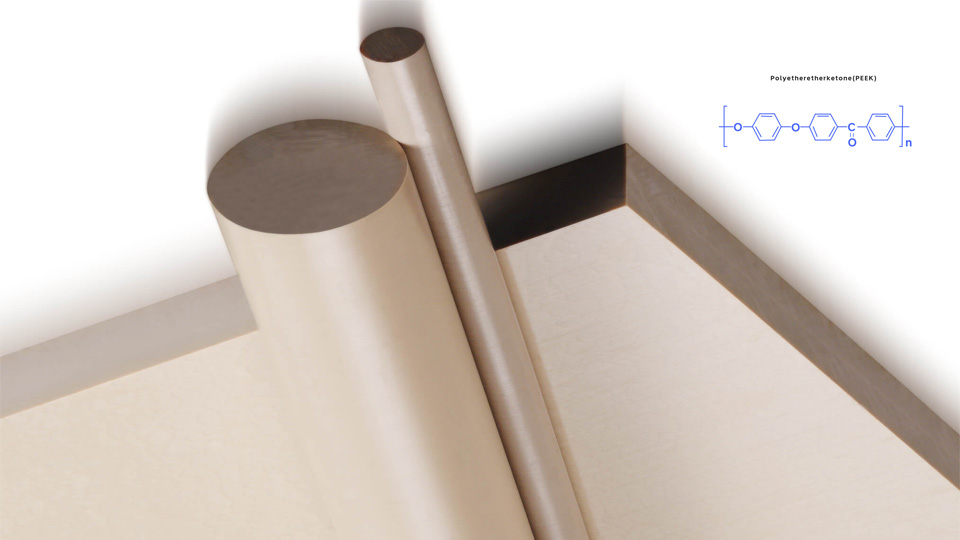Tolerances are critical to ensure that parts meet design specifications and can be assembled properly. To help you better understand this concept, here is an adapted part manufacturing case.
Suppose you are manufacturing 50 solid cylindrical shafts with a diameter of 50mm and a length of 100mm. These shafts are intended to fit into another component’s hole, requiring precise matching of the hole diameter. According to the design drawings, the shaft’s diameter should be 50mm, and its length should be 100mm.
When measuring the completed rods, you might obtain the following results:
- Ø52.5mm
- Ø47.8mm
- Ø50.2mm
- Ø49.9mm
These measurements indicate the actual diameter range is from 47.8mm to 52.5mm.
Are These Deviations Acceptable?
At this point, you might wonder if these size deviations are acceptable or if you should reject these parts and ask the supplier to remake them.
The answer depends on the engineering tolerance standards you are using. If the engineering drawings define tolerances based on the ISO 2768 standard, you can check whether these measurements fall within the acceptable range. For example, suppose you are using the ISO 2768-m standard for the design, by looking up the table, the tolerance is ±0.3mm when the shaft diameter is between 30 and 120mm. the acceptable range of the processed shaft diameter is 49.7mm to 50.3mm. In this case, Ø47.8mm and Ø52.5mm would be outside the acceptable range, and you would be within your rights to ask the supplier to remake them.
Suppose again that the shaft is to be installed in a hole, and the basic size of the hole is assumed to be 50.5mm (considering a certain clearance fit). According to the ISO 2768-m standard, the tolerance of the hole is 0.3mm, that is, the acceptable range of the processed hole diameter is 50.2mm to 50.8mm.
When the shaft and the hole are fitted, the maximum clearance is 1.1mm and the minimum clearance is -0.1mm (negative clearance indicates press fit). This fit can meet some applications that do not require high precision but require a certain degree of assembly flexibility.
What is ISO 2768?
ISO 2768 is a standard developed by the International Organization for Standardization (ISO) to regulate the tolerance requirements for mechanical parts and products, especially those dimensions and geometric tolerances that are not individually specified on design drawings. ISO 2768 originated in the mid-20th century, during a period of rapid industrialization. At that time, manufacturing industries in different countries and regions had varying definitions and applications of tolerances, which led to issues of part interchangeability and compatibility in international trade. To address these problems, ISO initiated a global standardization effort in the field of mechanics, aiming to provide a unified specification for global manufacturing. ISO 2768 was first published in 1989 and has since undergone several revisions and improvements. Here are the main versions:
ISO 2768:1989: The first version of ISO 2768, primarily providing general dimensional and geometric tolerance standards for the mechanical engineering field, helping to unify tolerance requirements globally.
ISO 2768-1:2003 and ISO 2768-2:2003: In 2003, ISO 2768 underwent its first revision, updating some content, improving the definitions of tolerance classes, and providing clearer distinctions between different types of tolerances (dimensional and geometric). This version further clarified its applicability to different materials and manufacturing methods, enhancing its flexibility.
ISO 2768-1:2016 and ISO 2768-2:2016: The 2016 revision of ISO 2768 brought further important updates. The revisions refined several clauses in the standard, improving the clarity and applicability of tolerance classes. Specifically, the tolerance ranges and the classification of geometric tolerances were further refined, while the standard was updated to better accommodate modern manufacturing technologies and higher precision requirements.
What is ISO 2768 mk?
M and K in ISO 2768 represent two tolerance classes, which come from the tolerance classes in ISO 2768-1 and ISO 2768-2 standards respectively.
ISO 2768 is split into two parts: ISO 2768-1 and ISO 2768-2. ISO 2768-1 defines four tolerance classes: F (Fine), M (Medium), C (Coarse), and V (Very Coarse). ISO 2768-2, on the other hand, includes three tolerance classes: H, K, and L. When no specific tolerance is marked on a part, the tolerance range is typically determined according to ISO 2768. Among these, the M and K tolerance classes are the most commonly used.
ISO 2768-1: Linear and Angular Dimensions
ISO 2768-1 stands for the general tolerances for linear and angular dimensions without individual tolerance indications. ISO 2768-1 shows the linear and angular dimensions, such as external sizes, internal sizes, step sizes, diameters, radii, distances, external radii, and chamfer heights for broken edges. This standard talks about general tolerances in three different classes: F – Fine, M – Medium, C – Coarse, V – Very coarse.
Table 1 – Linear Dimensions
| Nominal lengths in mm | f (fine) | m (medium) | c (coarse) | v (very coarse) |
| 0.5 up to 3 | ±0.05 | ±0.1 | ±0.2 | – |
| over 3 up to 6 | ±0.05 | ±0.1 | ±0.3 | ±0.5 |
| over 6 up to 30 | ±0.1 | ±0.2 | ±0.5 | ±1.0 |
| over 30 up to 120 | ±0.15 | ±0.3 | ±0.8 | ±1.5 |
| over 120 up to 400 | ±0.2 | ±0.5 | ±1.2 | ±2.5 |
| over 400 up to 1000 | ±0.3 | ±0.8 | ±2.0 | ±4.0 |
| over 1000 up to 2000 | ±0.5 | ±1.2 | ±3.0 | ±6.0 |
| over 2000 up to 4000 | – | ±2.0 | ±4.0 | ±8.0 |
For nominal sizes below 0.5 mm, the deviations shall be indicated adjacent to the relevant nominal size(s).
Table 2 – External Radii and Chamfer Heights
| Nominal lengths in mm | f (fine) | m (medium) | c (coarse) | v (very coarse) |
| 0.5 up to 3 | ±0.2 | ±0.2 | ±0.4 | ±0.4 |
| over 3 up to 6 | ±0.5 | ±0.5 | ±1.0 | ±1.0 |
| over 6 | ±1.0 | ±1.0 | ±2.0 | ±2.0 |
For nominal sizes below 0.5 mm, the deviations shall be indicated adjacent to the relevant nominal size(s).
Table 3 – Angular Dimensions
| Nominal lengths in mm | f (fine) | m (medium) | c (coarse) | v (very coarse) |
| up to 10 | ±1º | ±1º | ±1º30′ | ±3º |
| over 10 up to 50 | ±0º30′ | ±0º30′ | ±1º | ±2º |
| over 50 up to 120 | ±0º20′ | ±0º20′ | ±0º30′ | ±1º |
| over 120 up to 400 | ±0º10′ | ±0º10′ | ±0º15′ | ±0º30′ |
| over 400 | ±0º5′ | ±0º5′ | ±0º10′ | ±0º20′ |
ISO 2768-2: Geometric Tolerances for Features
ISO 2768-2 is about the geometric tolerances for features that do not have their tolerances written on them. It shows the general geometric tolerances range for flatness and straightness, cylindricality, and circularity. This standard has three kinds of tolerance, called H, K, and L:
Table 4 – General Tolerances on Straightness and Flatness
| Nominal lengths in mm | H(Class) | K(Class) | L(Class) |
| up to 10 | 0.02 | 0.05 | 0.1 |
| above 10 to 30 | 0.05 | 0.1 | 0.2 |
| above 30 to 100 | 0.1 | 0.2 | 0.4 |
| above 100 to 300 | 0.2 | 0.4 | 0.8 |
| above 300 to 1000 | 0.3 | 0.6 | 1.2 |
| above 1000 to 3000 | 0.4 | 0.8 | 1.6 |
Table 5 – General Tolerances on Perpendicularity
| Nominal lengths in mm | H(Class) | K (Class) | L (Class) |
| up to 100 | 0.2 | 0.4 | 0.6 |
| above 100 to 300 | 0.3 | 0.6 | 1.0 |
| above 300 to 1000 | 0.4 | 0.8 | 1.5 |
| above 1000 to 3000 | 0.5 | 1.0 | 2.0 |
Table 6 – General Tolerances on Symmetry
| Ranges of nominal lengths in mm | H(Class) | K (Class) | L (Class) |
| up to 100 | 0.5 | 0.6 | 0.6 |
| above 100 to 300 | 0.5 | 0.6 | 1.0 |
| above 300 to 1000 | 0.5 | 0.8 | 1.5 |
| above 1000 to 3000 | 0.5 | 1.0 | 2.0 |
Table 7 – General Tolerances on Circular Run-Out
| Tolerance Class | H | K | L |
| Ranges of nominal lengths in mm | 0.1 | 0.2 | 0.5 |
Conclusion
In summary, the ISO 2768 standard provides a unified system of tolerance specifications for the manufacturing industry. It not only improves the accuracy of parts production but also reduces errors in the manufacturing process, ensuring proper fit and high-quality final assembly.
The required tolerance for a part depends on its intended use and the specific application needs. When determining the right level of tolerance, factors like material type, manufacturing processes, and cost considerations must be taken into account. For example, if your project demands high precision and tight tolerances, CNC machining service is an excellent choice. CNC machines are known for their exceptional accuracy and can produce parts with extremely tight tolerances, typically ranging from ±0.001″ to ±0.0001″.






